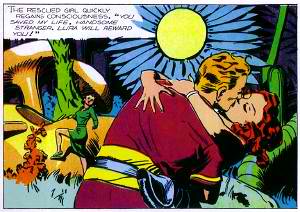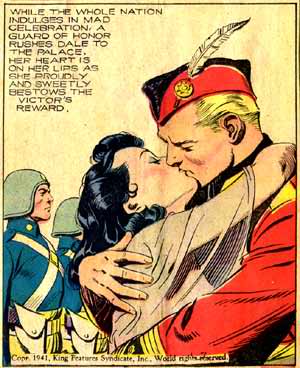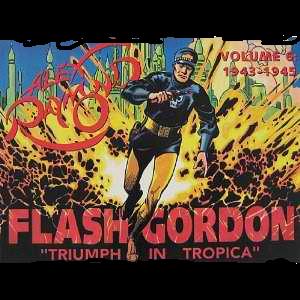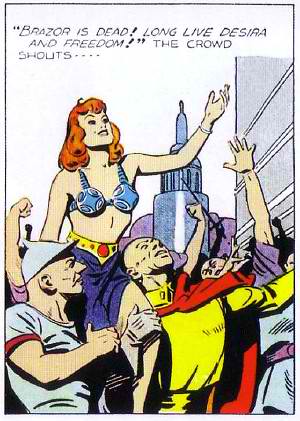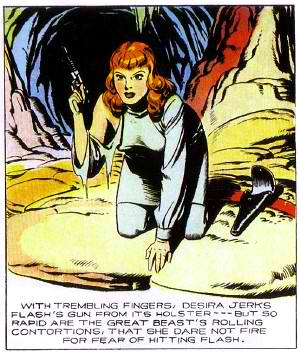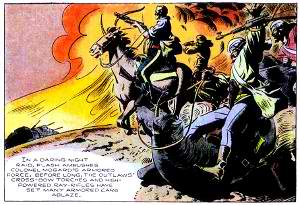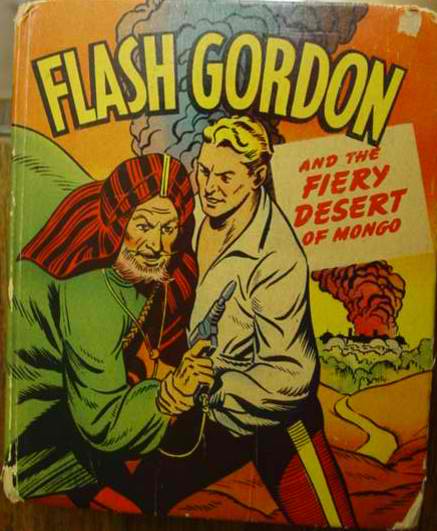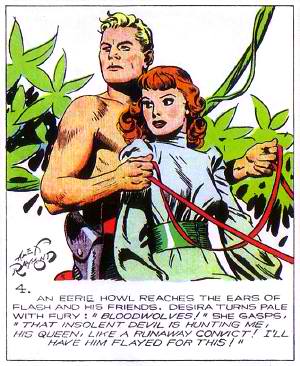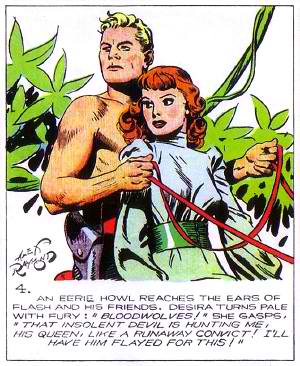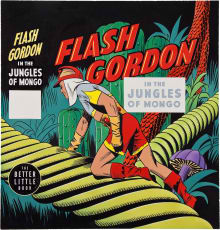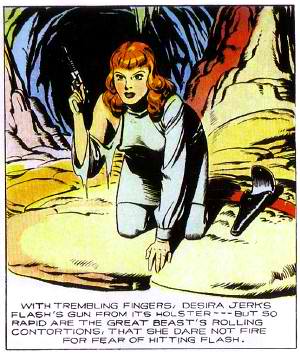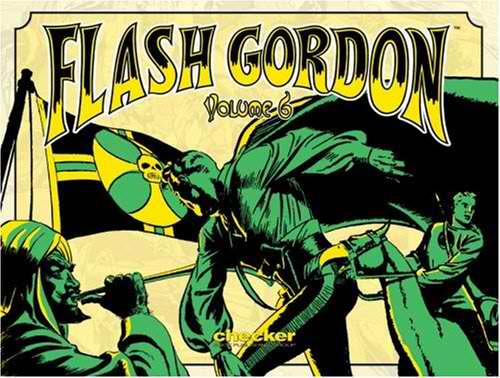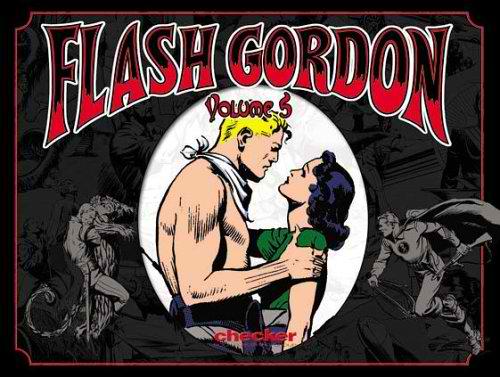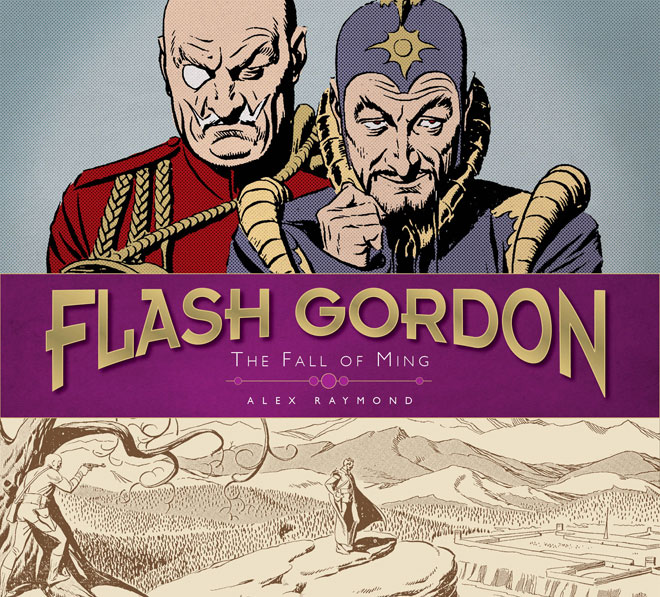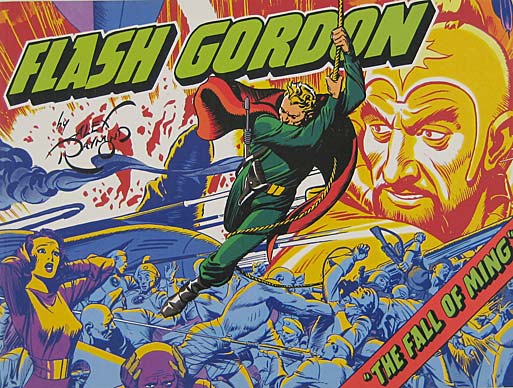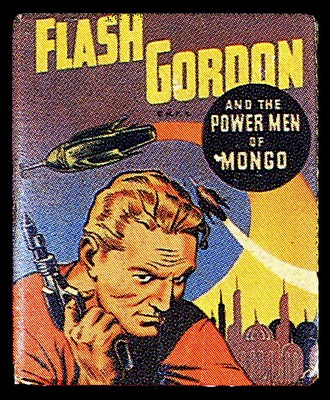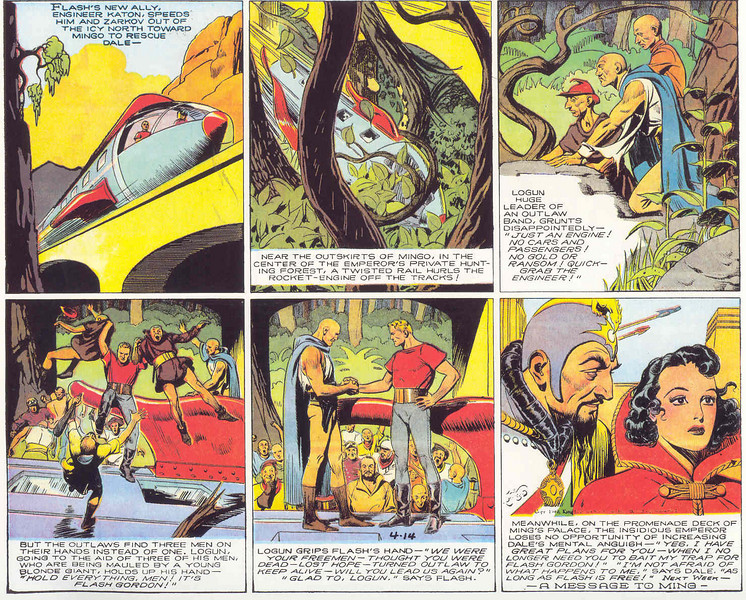Blogging Austin Briggs’ Flash Gordon, Part One – “Princess Lita”
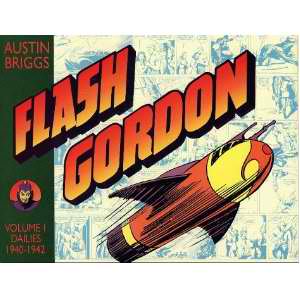
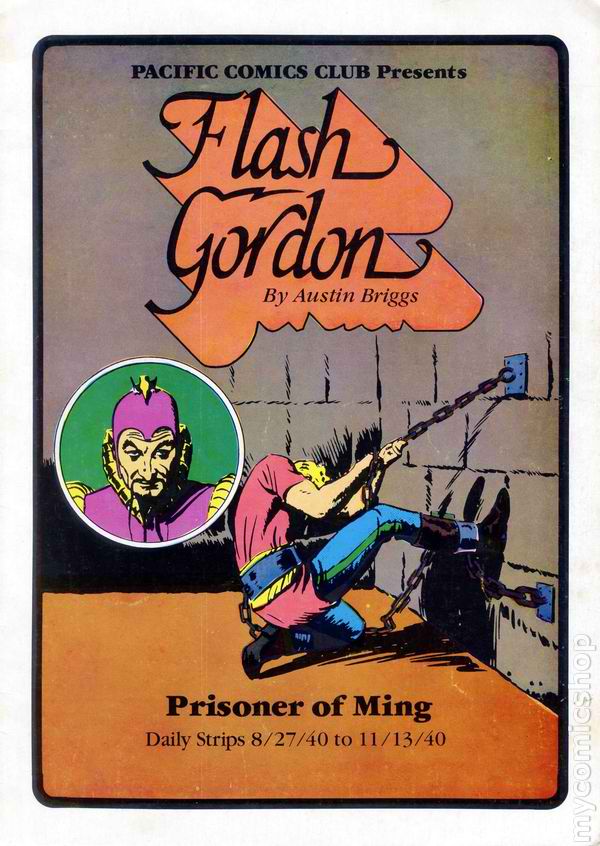 “Princess Lita” was the first installment of Austin Briggs’ Flash Gordon daily comic strip serial for King Features Syndicate. Originally published between May 27, 1940 and February 22, 1941, “Princess Lita” was the story that launched the daily companion to Alex Raymond’s celebrated Sunday strip. It is one of two Briggs strips available in a reprint collection from Kitchen Sink Press. We shall examine the second strip in next week’s column.
“Princess Lita” was the first installment of Austin Briggs’ Flash Gordon daily comic strip serial for King Features Syndicate. Originally published between May 27, 1940 and February 22, 1941, “Princess Lita” was the story that launched the daily companion to Alex Raymond’s celebrated Sunday strip. It is one of two Briggs strips available in a reprint collection from Kitchen Sink Press. We shall examine the second strip in next week’s column.
The most rewarding part of delving into Austin Briggs’ first two Flash Gordon storylines has been the discovery that the sloppiness of the first few Austin Briggs’ Sunday strips printed a few years after the daily debuted were likely more the result of the artist being overworked than they were an adequate representation of Briggs’ work on the property. “Princess Lita” shows the artist in full command of the material drawing the characters as well as their creator, albeit without the benefit of the Sunday page to showcase the exotic flora and fauna of Mongo to full advantage. The transition from Sunday continuities to a daily strip is jarring at first and the smoothness of Don Moore’s scripting and Alex Raymond’s plotting is sorely missed, but Briggs does an admirable job of staying true to the source material.
